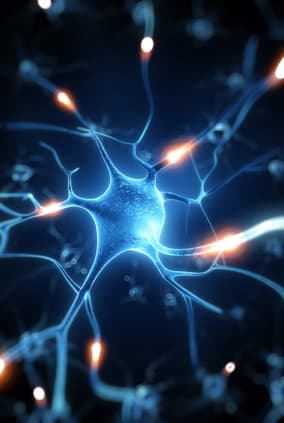
NUTRITIONAL / HEAVY METAL TESTING FROM GENOVA DIAGNOSTICS LAB
Elemental Analysis examines blood or hair samples for levels of toxic and nutrient elements. Toxicities and nutrient insufficiencies are identified, allowing for targeted interventions. The Toxic Element Exposure Profile evaluates a hair sample for levels of 21 toxic elements.
To measure urinary excretion of toxic and / or nutrient elements, clinicians can use:
1. Comprehensive Urine Element Profile
2. Toxic Element Clearance Profile
The Elemental Analysis, Packed Erythrocytes provides a reliable means of identifying short-term toxic element exposure and evaluating intracellular mineral nutrient status.
Amino Acids Analysis examines fasting blood or urine and the results can provide valuable biochemical information about many disorders, including chronic fatigue, learning disabilities, depression and immune problems. The following tests are available:
1. Amino Acids Analysis, Plasma - Quantifies levels of circulating amino acids and their metabolites, and evaluates essential and non-essential amino acid nutrient status in the blood. Also can indicate functional deficiencies of a number of mineral and vitamin co-factors.
2. Amino Acids Analysis, Urine - 24-hour urine samples for 40+ amino acids.
Essential and Metabolic Fatty Acids Analysis (RBCs) evaluates the level of red cell membrane or plasma fatty acids, imbalances which significantly affect inflammatory and other disorders. By knowing the various fatty acid levels, one can reestablish a balance using nutritional intervention.
Toxic Effects Core Profile (Blood / Urine) evaluates if the chemical and environmental toxins and their related exposure are contributing to chemical toxicity in your body and may be causing your chronic symptoms. Your lab results will determine you best treatment options to help you get back on the path of health and wellness.
For more information on any of the tests listed above, please call 416 913 4325 (HEAL).
Related Articles
Acne
Acne is a common skin condition with a prevalence of 80% in female and 90% in male teenagers. It is caused by a disorder of the oil glands that result in clogged pores and outbreaks of lesions commonly known as pimples. Risk factors: poor diet, excessive sugar, trans fats and processed foods.
Candidiasis
Candida overgrowth in the gastrointestinal tract is now becoming recognized as a complex medical syndrome known as chronic candidiasis or the yeast syndrome. Symptoms include: Multiple food allergies, or allergic to all foods( pan allergic), alternating diarrhea with constipation.
Chronic Fatigue
Chronic Fatigue Syndrome (CFS) is described as a severe, debilitating fatigue, lasting at least six months (of new and definite onset), associated with at least four of the following symptoms: impaired memory, sore throat, muscle pains, joint pains, unrefreshing sleep and post-exertion malaise.
Irritable Bowel Syndrome
Irritable bowel syndrome (IBS) - a diagnosis of exclusion, this condition is often misdiagnosed. Severe food intolerances / allergies may exhibit symptoms that are similar to Irritable Bowel Syndrome such as pain, cramping, gassiness, sudden bouts of diarrhoea, and constipation.








